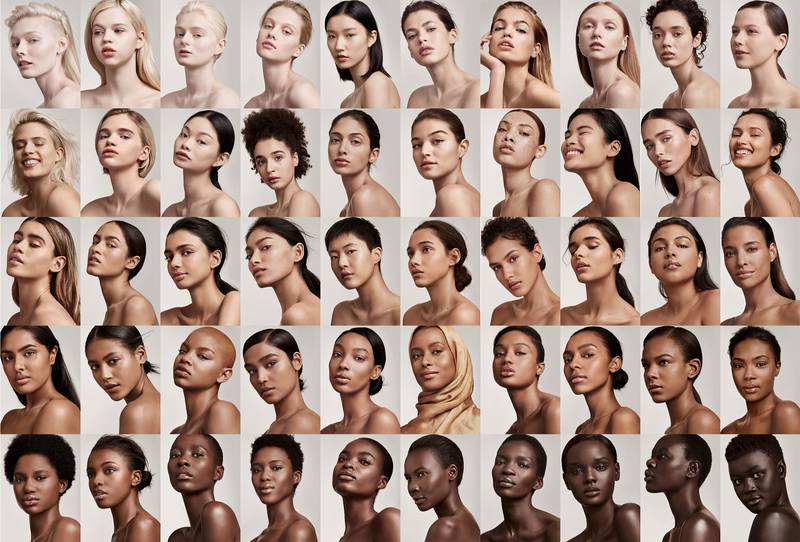Demographics
Explore how institutions and researchers classify the audience according to broad metrics.
Definition
Demographics is the very blunt division of people into broad and easily measurable segments. Age, gender, social class, religion, ethnicity, and geography are the most common descriptors used to define the audience.
Contents
Why Classify the Audience?
If you are planning to create a media text, you need to know if there is a market for the product. You need an audience. Research, such as the use of questionnaires, focus groups and comparisons to existing texts, will help you develop a greater appreciation of your target audience, but that wealth of information needs to be organised into a meaningful and useable dataset. Demographics offers a simple solution to understanding the audience.
There are also obvious financial incentives for independent and mainstream institutions to identify and categorise their audience:
- subscription-based services want to know more about the people who are buying their product so they can devise new ways to meet their needs;
- the traditional commercial sector can increase their profits by connecting advertisers to their primary target audience; and
- influencers need to provide lots of demographic data and engagement statistics about their followers to advertising agencies, so they are able to promise a certain amount of impressions and click throughs for an appropriate fee.
The advertisers can then measure the performance of the marketing strategy by looking at the number of responses, known as direct and non-direct attribution. This sort of audience research is serious business, especially since we are increasingly resistant to more traditional marketing channels.
Occupations and Income Brackets
One common way of classifying the audience is to look at their income. For example, in the UK, the NRS social grades divide the population according to occupations and salaries. Although the grades are fairly basic target group indicators, they remain the standard for lots of market research for organisations and institutions.
| Grade | Occupation | % of population (2016)* |
| A | Higher managerial, administrative and professional | 4 |
| B | Intermediate managerial, administrative and professional | 23 |
| C1 | Supervisory, clerical and junior managerial, administrative and professional | 28 |
| C2 | Skilled manual workers | 20 |
| D | Semi-skilled and unskilled manual workers | 15 |
| E | State pensioners, casual and lowest grade workers, unemployed with state benefits only | 10 |
*source: Social Grade | National Readership Survey (nrs.co.uk)
The grades were originally developed by the the National Readership Survey to classify the readership of newspapers. The surveys reinforced the idea that “quality” broadsheets were purchased by the top socio-economic groups whereas the tabloids were read by the lower grades.
The grades are often grouped into two key codes: ABC1 and C2DE.
ABC1 refers to middle class occupations, including white-collar managers, doctors, teachers and specialist clerical staff, while the second code, C2DE, is the label for working class jobs, including poor students, skilled workers and manual laborers. It is important to note that grouping audiences according to their earning potential is a very crude way to understand their engagement with media texts, but the research can reveal some interesting results.
Age and Gender
Traditionally, lifestyle magazines have profiled their target audience in terms of age and gender, making sure their content matches the interests of their primary target audience. If you look at the consumer profile of “Cosmopolitan”, for example, you can see the publication is aimed at women but with quite a wide range in terms of age. By contrast, the “Men’s Health” media kit shows that the vast majority of readers are men, and the median age is 45. Most magazines will create these sorts of press packs and kits so advertising agencies can make informed decisions about where to spend their money.
Cinema Audience Profiles
The Hollywood movie industry also uses demographic data to measure ticket sales, dividing its audience into four major quadrants:

The circle in the diagram shows the primary audience for that particular film was mostly females with an average age just above 25. A four-quadrant film will appeal to both males and females, under and over 25 years of age. A film which can successfully engage all four demographics will be a hit at the box-office.
Ethnicity
Grouping together people in terms of their ethnicity is another significant demographic used to define audience. If you are a global company, you might want to shape your message for local audiences, so it is vital that you understand their traditions, culture and language. There is certainly a greater emphasis on diversity and inclusivity in advertising in recent years.
Perhaps the best example of multicultural marketing is Rhianna’s Fenty Beauty brand. Appealing to all skin tones, her products totalled an incredible $100 million in sales in its first few weeks in 2017.

Further Study
Lots of institutions around the world try to quantify the audience in terms of their demographics. If you would like to know more about the agencies that track the audience figures in the UK, you should read our short article on measuring the audience. You might also want to read our guide to defining the audience according to their behaviour and personality, or psychographics.
Stay Tuned
Curious about how audiences respond to media texts? The following articles explore how we interact and interpret the media.







